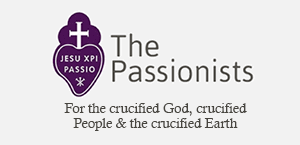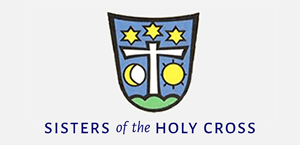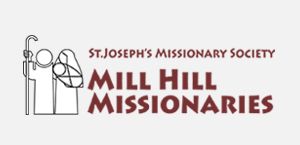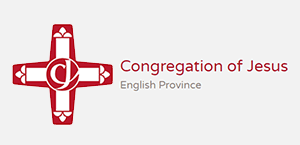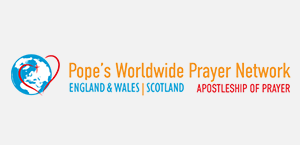Gospel in Art: Solemnity of Saints Peter and Paul, Apostles
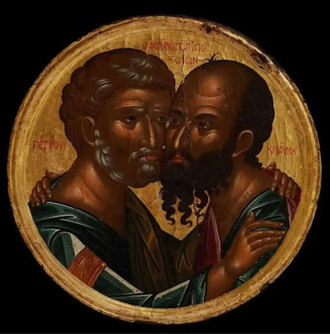
The Embrace of the Apostles Peter and Paul, Cretan school, Angelos Akotantos, Painted first half 15th century, © C Krimbas Collection, Athens
Source: Christian Art
Gospel of 29 June 2025
Matthew 16: 13-19
At that time: When Jesus came into the district of Caesarea Philippi, he asked his disciples, 'Who do people say that the Son of Man is?' And they said, 'Some say John the Baptist, others say Elijah, and others Jeremiah or one of the prophets.' He said to them, 'But who do you say that I am?' Simon Peter replied, 'You are the Christ, the Son of the living God.' And Jesus answered him, 'Blessed are you, Simon Bar-Jonah! For flesh and blood has not revealed this to you, but my Father who is in heaven. And I tell you, you are Peter, and on this rock I will build my Church, and the gates of hell shall not prevail against it. I will give you the keys of the kingdom of heaven, and whatever you bind on earth shall be bound in heaven, and whatever you loose on earth shall be loosed in heaven.'
Reflection on the Cretan Icon
Today we celebrate the Solemnity of Saints Peter and Paul, two giants of our Christian faith, two pillars of the early Church, whose distinct missions and temperaments helped shape Christianity as we know it. The tradition of honouring them together on the 29th of June dates back to at least 258 AD, bearing witness to their shared martyrdom in Rome and their foundational roles in the Church's growth.
Our 15th-century icon, painted in Crete, depicts a deeply symbolic embrace between the Apostles Peter and Paul. This theme was rare in Byzantine art until the mid-15th century, when depictions of the two saints together began to flourish. This artistic shift likely reflects the ecumenical hopes of the Council of Ferrara-Florence (1438-1439), which sought to heal the schism between the Eastern and Western Churches. Such icons reveal how the image of Peter and Paul united was used as a powerful sign of reconciliation and unity.
In our icon, Peter is shown on the left, Paul on the right. Peter represents stability, tradition, and ecclesial authority-"the rock" upon whom Christ built his Church. Paul, the former persecutor turned missionary, embodies the Church's missionary zeal and theological depth. Together, they personify the fullness of the Gospel: Peter grounding us in unity and solid faithfulness to Christ, and Paul urging us outward in proclamation, courage, and conversion. As Pope Benedict XVI put it so beautifully: "Christian tradition has always considered Saint Peter and Saint Paul to be inseparable: indeed, together, they represent the whole Gospel of Christ."
Most apostles and saints are honoured individually, but the Church places Peter and Paul on a single solemn feast, not to diminish their individuality, but to magnify their shared mission. There is no separate Feast of St. Peter as such; there is also no Feast of St. Paul (apart from celebrating his conversion). We celebrate them together, which tells us a lot about how the Church wants us to view these saints. It is a feast not just of remembrance, but of unity: the unity of doctrine and mission, of faith and works, of authority and charism.
LINKS
Gospel in Art: https://christian.art/
Today's Reflection: https://christian.art/daily-gospel-reading/matthew-16-13-19-2025-2/ (with audio)









